Classroom Ideas for Black History Month
“My desk sits facing yours across the floor,
Yet your fair head is stiffly held aloof
From my own darker one, though ‘neath our roof
With one accord we do a job. For war
Has linked us as no pleading could before.”
–Excerpt from “Civil Service” by Constance C. Nichols, The Crisis, April 1945.
Featured in the Museum lesson plan Creative Voices: African American Poetry in WWII
While fighting for democracy abroad during WWII, African Americans and other Americans of color were waging a war against racism at home. This was called the campaign for “Double Victory,” and evidence of it can be found across a wide array of primary resources at The National WWII Museum, ranging from poetry to paintings, personal stories, yearbooks, photographs, and beyond.
For those teachers who are looking for materials to highlight African American experiences in WWII for Black History Month in February or throughout the year, the Museum has an assortment of lesson plans and other interdisciplinary classroom ideas for you. For example, the Creative Voices lesson plan referenced in the quote above features two poems by African American women poets that were featured in the magazine, The Crisis. This lesson can easily be used in an English Language Arts class or in a history class to reinforce Common Core critical reading standards, as students are challenged to look for deeper meaning in the poems and to understand the historical context in which they were written. A new Museum lesson plan, The Stories a Painting Can Tell You, uses a historical photograph of African American soldiers during WWII and a contemporary painting by New Orleans artist Willie Birch to teach student visual thinking and analysis skills. Lesson extensions connect teachers and students with a selection of seven oral history interviews with Black WWII veterans from The Digital Collections of The National WWII Museum, a Museum fact sheet, and other resources.
What about the wartime experiences of students and factory workers? Two Museum websites, “‘See You Next Year!': High School Yearbooks from WWII” and “Manufacturing Victory: The Arsenal of Democracy” feature 1940s yearbooks, factory photographs and other wartime propaganda, as well as contain suggested lesson plans and activities for your classroom. Two specific yearbooks on the “See You Next Year” website from Dunbar High School (Dayton, OH) and Topeka High School (Topeka, KS) provide glimpses of life inside an all African American school (Dunbar) and a segregated school (Topeka). Teachers can also download the free lesson plan,“Society’s Struggles,” to explore 1940s attitudes towards race, gender, and ethnicity across the yearbooks on the website. The online exhibit site for “Manufacturing Victory” also contains a section on “Workers and Social Change,” which discusses the integration of defense work, as well as the discrimination that women and minorities faced while on the job during the war.
Finally, think about virtually bringing Museum staff and artifacts into your classroom by checking out the virtual field trip program, “Double Victory: African Americans in WWII” and watching the Lagniappe lecture, “Segregation in Education and the Military During WWII.” As you can see, there are many ways to incorporate The National WWII Museum and our educational resources into your classroom this month and throughout the school year!
For more ideas and resources for Black History Month, please visit our Education blog, follow us on Twitter @wwiieducation and sign up for our free monthly e-newsletter, Calling All Teachers.
Post written by Megan Byrnes, K-12 Curriculum Coordinator.
- An issue of The Crisis magazine, 1940s.
- Willie Birch, "Old Soldiers Never Die," 1999. Gift of Willie Birch, from the collection of The National WWII Museum.
- "Twice a Patriot" propaganda poster, 1940s. Gift of Anne and Jack Kelsey, from the collection of The National WWII Museum. 2013.077.122.
- Image of Black prom king and queen in 1944 Topeka High School yearbook. ww2yearbooks.org.
- African American advisory council, from the pages of Topeka High School yearbook, 1944. ww2yearbooks.org.
- Interview with Charles McGee, Tuskegee Airman from The Digital Collections of The National WWII Museum. ww2online.org.
- Posted :
- Post Category :
- Tags : Tags: African Americans in WWII
- Follow responses to this entry through the RSS 2.0 feed. You can skip to the end and leave a response. Pinging is currently not allowed.


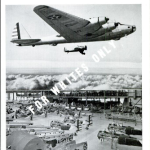
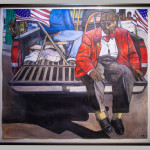
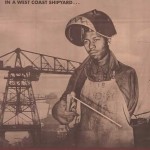
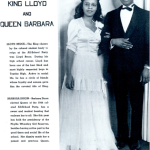
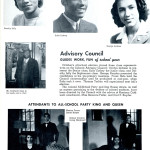
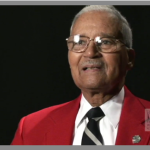


Leave a Reply